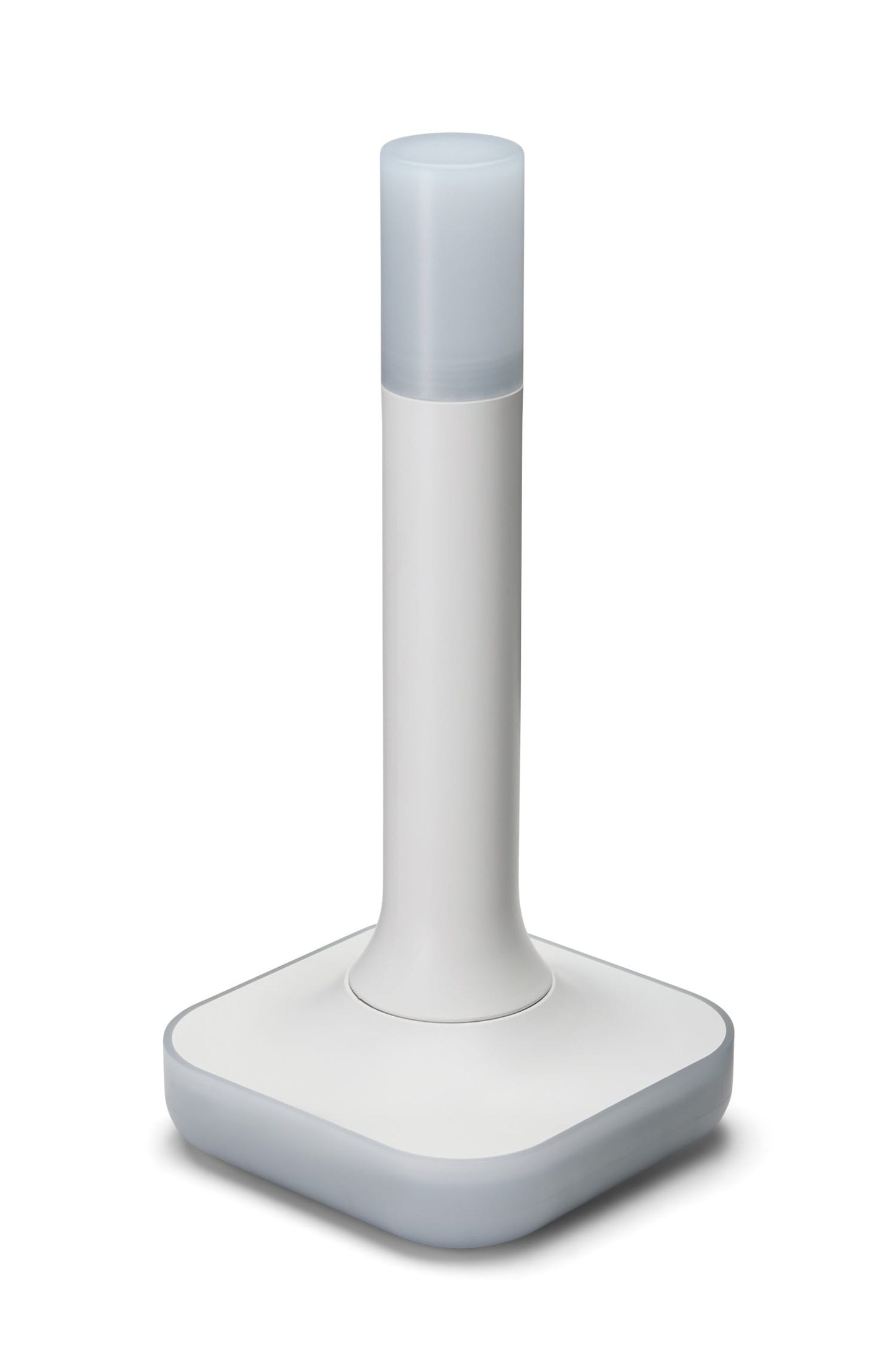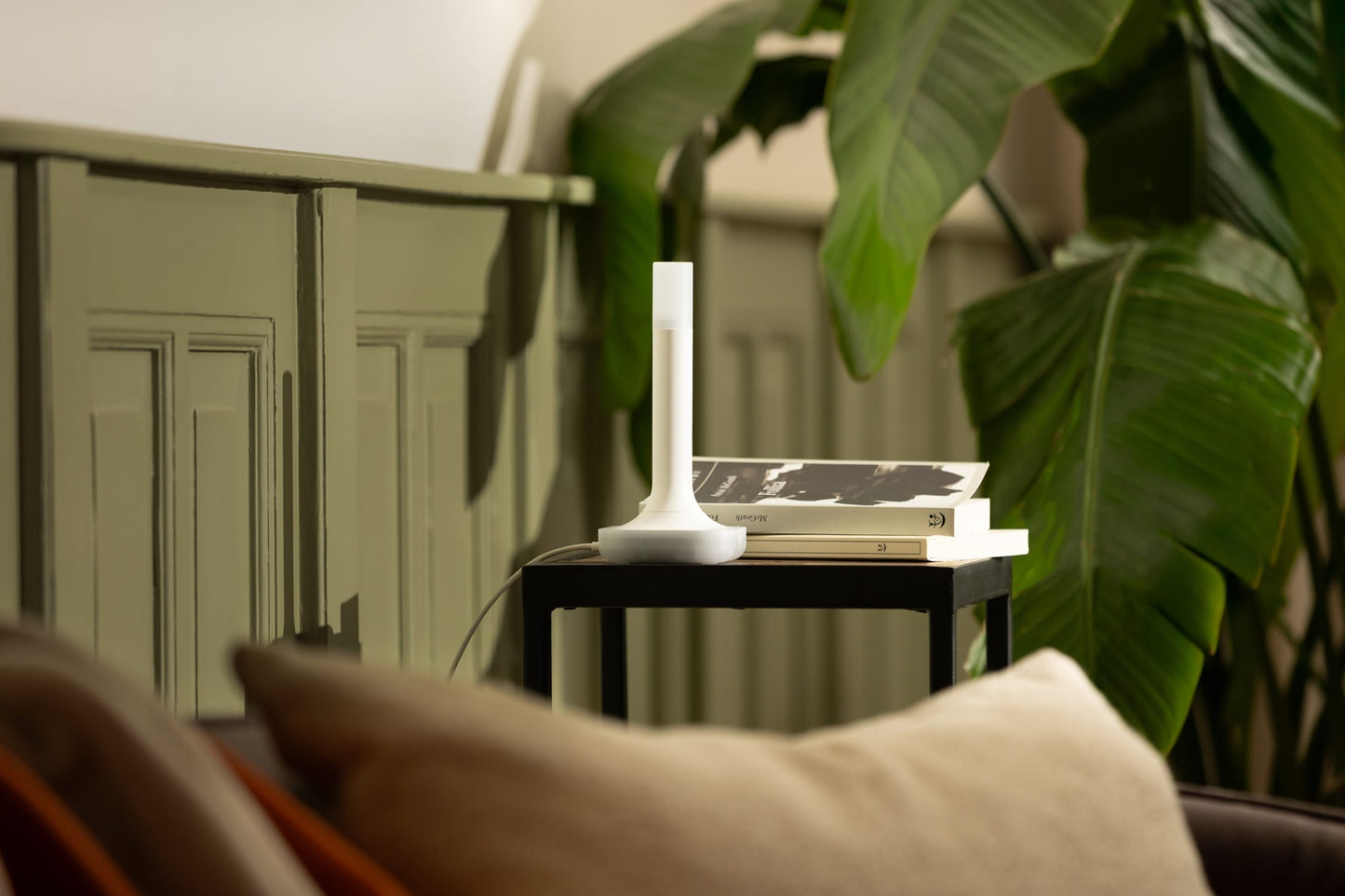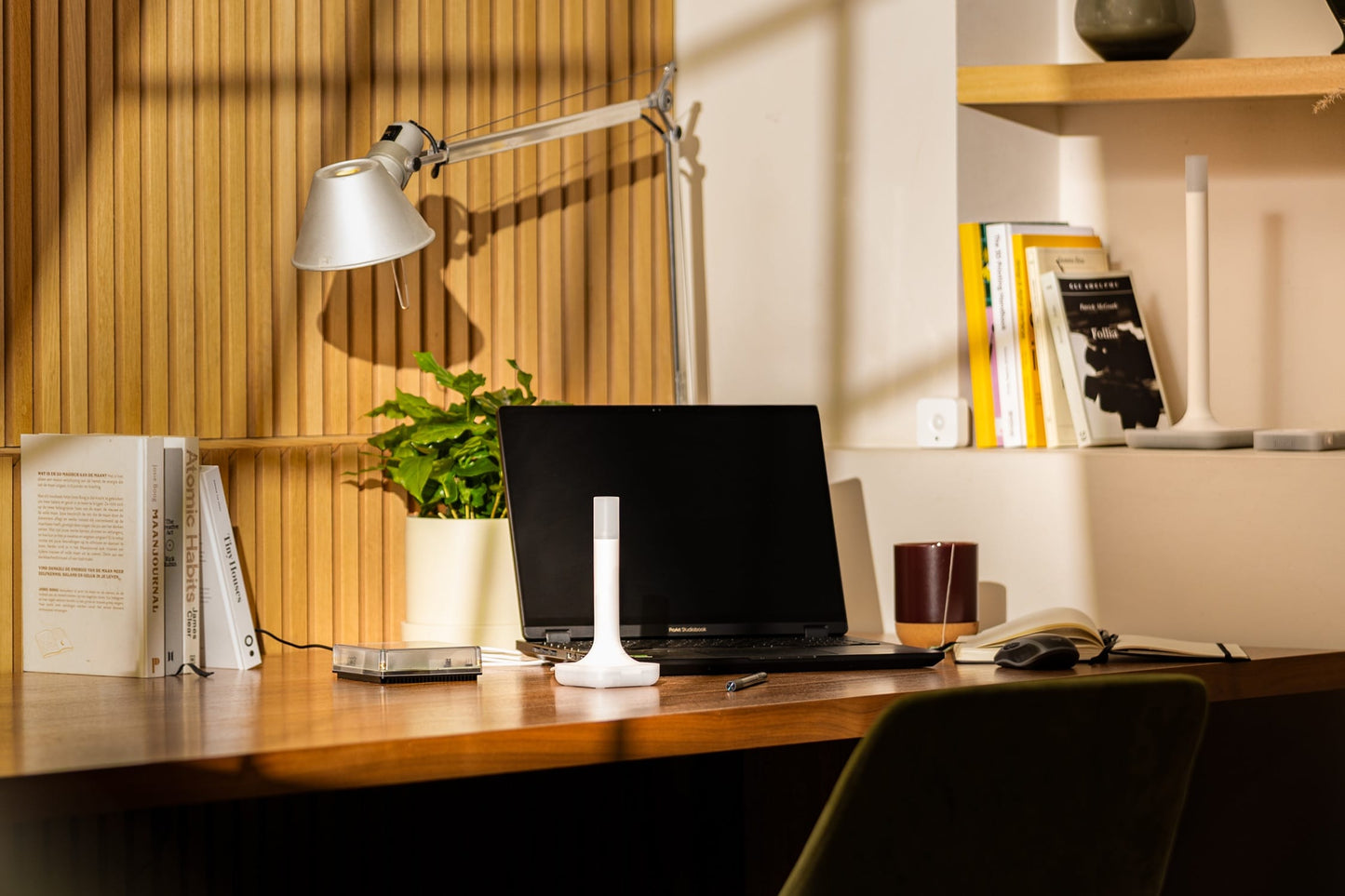Connect ZBT-1 (formerly SkyConnect) was the first-generation Zigbee/Thread adapter released in 2022. This model has since been discontinued and succeeded by the Connect ZBT-2.
The Connect ZBT-2 offers a significant upgrade in performance and capability, featuring improved wireless reliability, broader protocol support, and a refined open-design enclosure. Below is a quick comparison highlighting the key differences between the two generations.
Connect ZBT-1 (First-generation Connect platform)
- Antenna: Small, fully internal
- Transmit Performance: Optimized for Zigbee/Thread protocol
- Speed (Baudrate): 115200
- Zigbee/Thread Chip: Silicon Labs MG21
- USB Chip: Silicon Labs CP2102N (reliable USB performance)
- Ease of Modding: Hard to open; firmware flashing is easy once opened
Connect ZBT-2 (Second-generation Connect platform)
- Antenna: Highly optimized antenna and base for improved signal performance
- Transmit Performance: Optimized for Zigbee/Thread protocol
- Speed (Baudrate): 460800 — significantly improves device responsiveness
- Zigbee/Thread Chip: Silicon Labs MG24 — faster operation with improved sensitivity for weak signals
- USB Chip: ESP32-S3 — excellent USB performance with expanded capability
- Ease of Modding: Easy to open (no clips or glue); exposed pins and pads make modding and firmware flashing straightforward
Yes, Connect ZBT-2 is being used by many testers with Zigbee2MQTT, and they are seeing great results. There is documentation to help support migrating to a new adapter, like Connect ZBT-2, on Zigbee2MQTT.
Connect ZBT-2 does not support running Zigbee and Thread simultaneously. While this is sometimes referred to as “multiprotocol” or “MultiPAN,” and the hardware technically makes this possible, real-world performance has proven unreliable.
Multiprotocol functionality was previously tested extensively with the Connect ZBT-1, where it frequently resulted in inconsistent behavior and device stability issues. Based on these findings, multiprotocol operation is not recommended for home environments. For the best experience, it is strongly advised to use dedicated hardware for each protocol.
Easy-to-use migration wizards are available for both Zigbee and Thread, designed to support the majority of existing adapters when moving to Connect ZBT-2. Some adapters may require additional steps beforehand—for example, certain Conbee models need a specific firmware version to enable migration.
For detailed, adapter-specific instructions, please refer to the official documentation.
While Power over Ethernet (PoE) is an appealing technology, Connect ZBT-2 was designed with a focus on simplicity and peak wireless performance. Although PoE has become more accessible and delivers solid performance for many use cases, it did not align with the design goals for this adapter.
PoE remains an area of ongoing exploration—for example, experimental PoE-capable firmware was recently created for the Connect ZWA-2 adapter. However, there are currently no plans to produce a PoE-enabled version of Connect ZBT-2.
If a device is Zigbee-certified or a Matter-certified Thread device, it should work with Home Assistant right out of the box. Home Assistant provides one of the broadest and most robust compatibility ecosystems in the smart-home space.
For newer or less common devices, additional community-driven configuration may be required. For the latest compatibility details, it’s recommended to check the Home Assistant community resources.
Home Assistant is officially Matter certified and continuously supports the latest Matter updates, providing excellent compatibility across a wide range of devices. Some Matter products communicate over Wi-Fi, while many battery-powered devices use Thread—and that’s where the Connect ZBT-2 comes in.
If you plan to add Matter devices that rely on Thread, be sure to follow the setup instructions to dedicate your adapter exclusively to Thread for the best performance.
Connect ZBT-2 does not currently support this capability. While it is technically possible and may be explored in the future, there is no guarantee that it will be implemented.
No, this capability is not built into Connect ZBT-2. There are several technical hurdles that would make this complex to implement, and more research is needed to see if this is possible.
The size of Connect ZBT-2 is driven by physics and the requirements for optimal radio performance. To reliably transmit and receive Zigbee and Thread signals at 2.4 GHz, both the antenna and the base are designed with dimensions that maximize efficiency and overall wireless performance.























